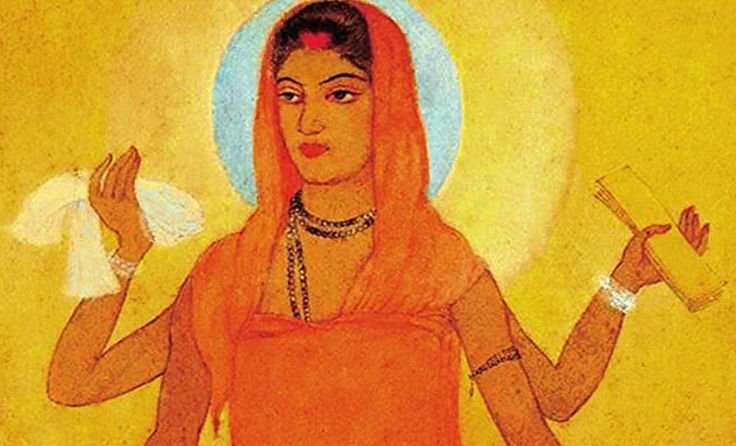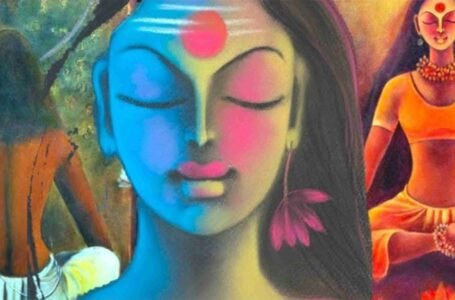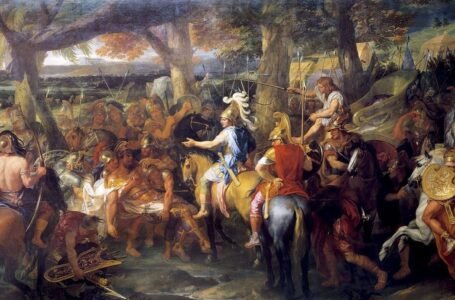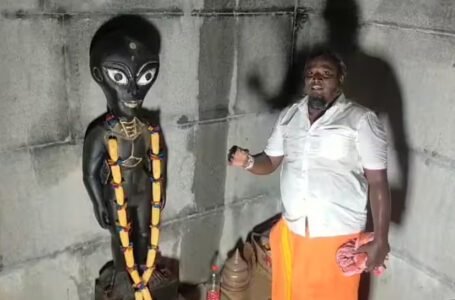The Role of Art and Literature in the Freedom Struggle

India’s fight for freedom was not just a battle fought on the streets or in the halls of power; it was a cultural revolution that took place through the power of art and literature. These forms of expression became a lifeline for a nation under colonial rule, a way to channel the emotions, frustrations, and dreams of a people desperate for independence. Art, in its many forms, spoke the language of resistance, unity, and hope. Literature and the visual arts didn’t just reflect the times—they shaped them.
In this article, we’ll dive into how art and literature were used as tools for the freedom struggle. Whether it was the poems that inspired millions, the novels that gave voice to the oppressed, or the theater that brought the pain of injustice to the public’s attention, these creative expressions became central to India’s quest for freedom.
The Literary Awakening: Seeds of Nationalism
The role of literature in India’s fight for independence can be traced back to the early 19th century. As British colonial rule tightened, many Indian writers and thinkers began to question the dominance of foreign powers over their homeland. Indian literature, once steeped in mythology and religious texts, started shifting toward more nationalist themes, urging people to rise up and reclaim their culture, their dignity, and their land.
One of the first to plant the seeds of nationalism through literature was Bankim Chandra Chattopadhyay. His iconic poem “Vande Mataram,” which later became the rallying cry for the freedom movement, captured the imagination of millions. Published as part of his novel Anandamath in 1882, the poem was an anthem to Mother India, a call to arms that resonated with the oppressed masses. It wasn’t just a poem—it was a manifesto for a nation waking up to its potential.
Another towering figure in this literary revolution was Rabindranath Tagore. Tagore’s works were more than just beautiful poetry; they were revolutionary in their spirit. His famous song “Jana Gana Mana,” which later became India’s national anthem, symbolized a vision of unity that transcended religion, caste, and region. Tagore’s literature emphasized self-reliance, cultural pride, and the necessity of independence. His writings stirred a deep sense of identity and helped forge a sense of collective pride among Indians during a time of colonial subjugation.
Poetry: A Weapon of Revolution
As the nation’s struggle for freedom gathered momentum, poetry became a key form of expression. It was an accessible and potent tool for conveying the pain and passion of the independence movement. One poet whose works became synonymous with the struggle for freedom was Subramania Bharati. His poetry, which was both revolutionary and deeply spiritual, inspired many to fight for a better India. Bharati didn’t just write poems; he wrote calls to action. In his words, “The British are alien rulers. Let us rise and drive them out.” His fiery verses, filled with urgency and defiance, ignited the flame of revolt in the hearts of countless Indians, particularly in Tamil Nadu.
Similarly, Sarojini Naidu, known as the “Nightingale of India,” used her poetic voice to evoke both patriotism and sorrow. Her poems like “The Gift of India” captured the sacrifices made by the Indian soldiers during World War I, while her other works brought alive the struggle of the common Indian against colonial oppression. Naidu’s poetry, with its lyrical beauty, helped elevate the Indian independence movement in the cultural and emotional spheres, resonating with the masses and inspiring them to join the fight for freedom.
Prose: The Story of the Oppressed
While poetry stoked the emotional fires of the independence movement, prose—particularly novels and short stories—became a powerful tool to critique colonial rule and inspire change. Writers like Premchand and Mulk Raj Anand used their craft to give voice to the struggles of ordinary Indians, who were caught in the web of both colonial exploitation and social inequality.
Premchand, whose stories often dealt with the plight of the poor and the injustices of the caste system, became one of the most significant literary voices of the time. His novel Godan (1936) painted a heart-wrenching picture of the exploitation of Indian peasants. Through his vivid portrayal of rural life, Premchand’s writing connected the issues of colonialism with the struggles of the lower classes, making a strong case for social reform and independence.
Mulk Raj Anand, influenced by Marxism, brought to light the harsh realities of colonialism and social oppression. His novel Untouchable (1935) highlighted the plight of the Dalits and was one of the first to shed light on the evils of the caste system. Anand used literature as a mirror to expose the systemic injustices that affected the Indian masses, making his work a call for social and political change. His writings not only critiqued British colonial rule but also addressed the social hierarchy that existed within Indian society.
Theater and Drama: Bringing Nationalism to the Stage
While literature inspired intellectuals and activists, the stage became a more immediate way to communicate with the masses. Theater was a medium that transcended education and class. It was in the theater that people could see the story of their struggles acted out in front of them, often in the form of street plays, which were performed in villages and towns to rally the people.
One of the major cultural movements during the struggle for independence was the Indian People’s Theatre Association (IPTA), which was founded in 1943. The association used theater to ignite political awareness, focusing on plays that depicted the lives of the oppressed classes, the consequences of British rule, and the need for national unity. IPTA’s plays were both political and emotional, often dramatizing the horrors of the colonial system while simultaneously celebrating the resilience and unity of the Indian people.
During this time, plays like those dramatizing the Jallianwala Bagh massacre of 1919, where hundreds of unarmed Indians were killed by British troops, helped reinforce the growing anger against colonial rule. Theaters in major cities like Calcutta and Bombay became hotbeds of political debate, as plays brought alive the struggle for freedom, making the fight for independence not just a political movement, but a cultural revolution.
Music: The Heartbeat of the Nation
Music played a huge role in the freedom struggle, uniting people from all walks of life. Songs of resistance became anthems of hope, courage, and defiance. They were sung at rallies, meetings, and protests, and their simple melodies and powerful lyrics brought people together, creating a sense of solidarity and unity.
One of the most important musical contributions was Rabindranath Tagore’s compositions, particularly “Amar Sonar Bangla,” which later became the national anthem of Bangladesh. Tagore’s music evoked patriotism and unity, calling for an end to colonial oppression and the restoration of India’s cultural dignity. Similarly, the song “Vande Mataram” became the slogan of India’s freedom movement, its rhythmic chanting uniting people in a common cause.
The folk music of India also played a significant role in the freedom struggle. Traditional songs, often sung by villagers, conveyed messages of revolt, pride, and patriotism. These songs, passed down orally, kept the spirit of rebellion alive in the countryside and were crucial in mobilizing the masses during the Quit India Movement in 1942.
Art: A Visual Language of Revolution
Art became another significant tool in the fight for independence. It was a way of communicating the emotional and political sentiments of the time in ways that were accessible to all, even those who couldn’t read or write. Through paintings, posters, and illustrations, artists conveyed the pain of oppression, the glory of India’s past, and the hopes for a free future.
Abanindranath Tagore, a pioneer of Indian modern art, used his paintings to promote nationalism. His depiction of India’s mythological heroes, such as Shivaji and Rani Lakshmi Bai, represented the spirit of resistance against foreign domination. These paintings were symbolic of the struggle for self-rule, and they helped the Indian masses connect with their rich cultural heritage.
Moreover, the Swadeshi Movement (1905) used art as a form of protest. Artists like Nandalal Bose and Jamini Roy celebrated Indian traditions through their art, which stood in stark contrast to the European art that the British had imposed. Their work, grounded in indigenous styles, became a visual rejection of colonial culture and a celebration of India’s past and future.
Conclusion: A Nation Fueled by Creativity
Art and literature were more than just expressions of creativity during the Indian freedom struggle; they were vital to the nation’s identity and its movement toward independence. From the rallying cry of “Vande Mataram” to the stirring words of Premchand and Sarojini Naidu, from the protest songs sung in villages to the posters calling for resistance, these forms of expression helped to shape the political consciousness of millions.
The role of art and literature in the freedom struggle reminds us that even in times of adversity, culture can be a source of strength. It is no wonder that these forms of creativity continue to inspire us today, as they did during the struggle for independence.


